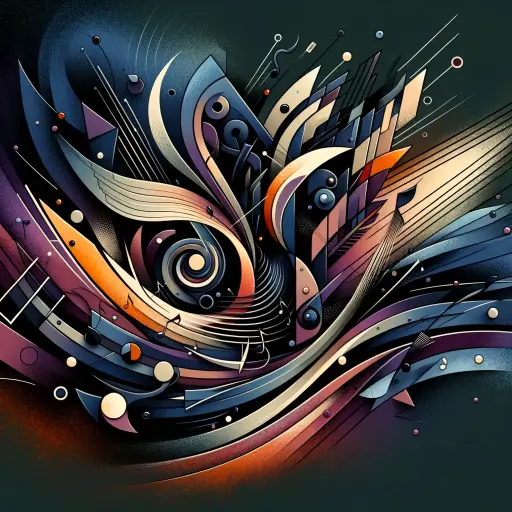
Cello Concerts
The cello, also known as the violoncello, is a versatile string instrument that has become an essential part of many music genres. Originating in the 16th century, the cello has a rich history and has evolved over time to become one of the most beloved instruments in classical music.
The origins of the cello can be traced back to Italy in the late 16th century. It was developed from earlier bowed instruments such as the viola da gamba. The cello's design was refined by luthiers like Andrea Amati and Antonio Stradivari, who made significant contributions to its construction and sound.
One of the key characteristics of the cello is its deep and resonant sound. It has a wide range that spans from low C to high A, allowing for expressive playing across different registers. The instrument is played by drawing a bow across its strings or plucking them with the fingers.
In classical music, the cello plays a crucial role in orchestras and chamber ensembles. It often serves as both a melodic and supporting instrument, providing rich harmonies and bass lines. Famous composers like Johann Sebastian Bach, Ludwig van Beethoven, and Pyotr Ilyich Tchaikovsky have written numerous compositions featuring prominent cello parts.
Over time, the cello has also found its place in other genres beyond classical music. In the 20th century, cellists began exploring new techniques and experimenting with different musical styles. This led to the emergence of contemporary classical music that incorporates elements of jazz, rock, and world music.
Several significant artists have made a lasting impact on the genre of cello music. Pablo Casals, a Spanish cellist, is considered one of the greatest interpreters of classical repertoire on the cello. His recordings of Bach's Cello Suites are highly regarded as definitive interpretations.
Another influential figure in modern cello music is Yo-Yo Ma.
Concert Schedule
| Concert Date | Artist | Venue | City |
|---|


